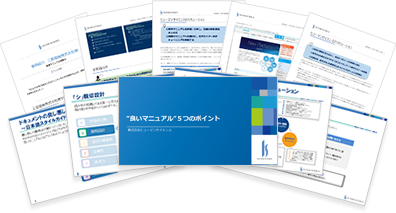
Hello! This is T, a consultant. I usually handle new customer inquiries. In recent times, with the shortage of human resources and the expansion of diverse working styles, I feel that there is an increasing demand from our clients to streamline the onboarding of new staff, the handover of tasks, and the training of personnel in a fully remote work environment by organizing manuals. This time, I would like to share key points to efficiently create easy-to-understand manuals.
- Table of Contents
-
- 1. What is a manual?
- 1-1. What is a Manual
- 1-2. Types of Manuals
- 1-3. The Difference Between Manuals and Procedures
- 2. Purpose and Benefits of Manual Creation
- 2-1. Purpose of Manual Creation
- 2-2. Benefits of Manual Creation
- 2-3. Key Points and Procedures for Manual Creation
- 3. Summary
- 4. For inquiries about manual creation, contact Human Science
1. What is a manual?

It is widely recognized that manuals play an important role in business and organizations.
However, have you ever thought about what exactly a "manual" is? Even those who regularly use or create manuals may not have many opportunities to reconsider this.
However, understanding this basic concept is a very important point for creating easy-to-understand manuals.
Now, let's get started on what a manual is. I hope this will be a good opportunity for everyone reading this blog to return to the basics.
1-1. What is a manual?
A manual is a document that outlines the procedures, instructions, and knowledge necessary to correctly and efficiently carry out a certain activity or process. Therefore, manuals need to be accurate, clear, easy to understand, and reflect the latest information.
Furthermore, it is important to create appropriate manuals according to the purpose of the manual, the target audience, and the scenes in which it will be used.
Manuals that serve as a foundation for organizations and members to adapt to changing environments and perform at their best can be said to be essential tools for organizational management.
1-2. Types of Manuals
Although the term "manual" encompasses various types, for example, an "operating manual" specifically outlines the procedures for operating systems and tools. This includes methods for logging into the system, input procedures, and troubleshooting.
Additionally, a "business manual" compiles the procedures and rules of business, as well as criteria for decision-making and estimated timeframes.
1-3. The Difference Between Manuals and Procedures
The terms "manual" and "procedure document" are often used interchangeably, but they actually have different meanings.
For example, a business manual aims to "understand the entire business and grasp the standards" and includes not only the procedures related to the business but also an overview of the business and the overall flow.
On the other hand, the procedure document aims to "understand the work procedures in detail" and is intended for workers, containing only specific work procedures.
In practice, it is common to include procedures within manuals, but please keep this in mind when determining the scope of documentation and the title of the document.
2. Purpose and Benefits of Manual Creation

So far, we have discussed the basic aspects of "what a manual is."
Next, let's consider the purposes and benefits of creating a manual. Understanding and recognizing "why a manual is necessary" is an important point in the early stages of manual creation.
This is because, if the purpose is clear, it becomes easier to determine the scope and granularity of the information to be included in the manual, allowing for a smoother creation process and ultimately leading to a manual that is easy for users to understand.
2-1. Purpose of Manual Creation
The background for creating manuals can vary greatly depending on the situation, such as for transferring business operations, outsourcing tasks, or improving services.
However, when it comes to the purpose of creating manuals, it seems that the common goals are "standardization of operations" and "improvement of efficiency." When creating a manual, please consider the perspective of "what effects do we expect from creating the manual" to define the purpose.
2-2. Benefits of Manual Creation
There are several benefits to creating manuals. Let's take a look at what specific benefits there are.
①Clarification and Standardization of Procedures
With a manual, workers can proceed with their tasks smoothly without hesitation about what to do.
Additionally, even experienced employees can refer to the manual to reconfirm the correct procedures. This helps prevent variations among workers and promotes the standardization of operations.
In particular, when the same tasks are performed across multiple locations or departments, the more people involved in the operations, the more essential the manual becomes.
②Preventing Mistakes
Manuals also help prevent mistakes. By reading the manual, workers can understand the procedures to follow and the points to pay attention to, which helps avoid errors caused by assumptions or confusion.
③ Streamlining Talent Onboarding and Reducing Workload
As mentioned at the beginning, with the expansion of diverse work styles such as telecommuting and flexible working hours, many people struggle with task handovers and employee training.
Having manuals enables smooth handovers and the execution of unfamiliar tasks.
Additionally, it helps clarify uncertainties, reducing the time spent asking or answering questions. It is also expected to reduce the workload caused by mistakes, such as handling issues and rework.
④Improvement of productivity and overall organizational performance
The elements mentioned in ① to ③ are directly linked to the improvement of productivity. By using manuals, standardization and efficiency of operations can be achieved, enabling faster understanding and execution of tasks, which is expected to enhance the overall performance of the organization.
2-3. Key Points and Procedures for Manual Creation
Once you understand the purpose and benefits of creating a manual, you can finally start working on it. However, when it comes to the actual stage of creating the manual, you may have many concerns, such as what format is best and how detailed you should be.
We often receive questions from our clients about whether Excel or Word is more suitable for manuals. We have also written a blog on these topics, so please feel free to refer to it!
Which is more suitable for creating manuals, Excel or Word?
Now, let's review the steps and key points for creating a manual.
① Clearly define the users of the manual and its purpose
By clearly defining the users of the manual and its purpose, you can establish the criteria for how much information to include (scope) and the level of detail to provide (granularity). For example, when creating a manual to help newcomers perform tasks appropriately, it is often effective to include overview information such as the purpose of the work, the workflow, and the overall picture. Conversely, overly detailed information may hinder understanding, so there are cases where it is intentionally omitted.
② Organize the information to be included in the manual
Clearly define the information that should be included, such as business flows and operational procedures. At this time, it is also important to identify critical information that must not be overlooked, such as work precautions and deadlines for task completion.
While keeping in mind the scope and granularity discussed in ①, it is also important to prioritize based on the importance and frequency of the information.
③ Determine the Table of Contents and Headings for the Manual
This is an important task that determines whether the manual will be used or not.
It is essential to design the table of contents of the manual so that users can quickly find the information they need. For example, by setting themes for each chapter and adding headings, the content becomes easily understandable at a glance, making it easier to grasp the overall structure of the manual.
Choose concise and clear words for the headings to maintain consistency. There is also a blog about creating tables of contents, so please refer to that as well!
[Introduction to Manual Creation] Escape from "Can't Find What You Want"! Tips for Creating a Table of Contents to Enhance Manual Searchability
④ Writing the Manual
From here, we will finally write the main text of the manual! Let's write the text clearly and concisely. By utilizing diagrams and tables, it becomes easier to understand visually. When using technical terms or abbreviations, it is advisable to add supplementary explanations as needed or create a separate glossary. Also, don't forget to regularly review the content and update it with the latest information.
By keeping these points in mind, you can create a manual that is user-friendly and meets its purpose.
However, once you start creating it, you may find yourself wondering about the design and presentation... I believe some of you may have new concerns. There is also a blog that discusses the design of manuals, so please feel free to refer to it as well!
[Introduction to Manual Creation] What is the Design of an Easy-to-Understand Manual?
3. Summary
I have discussed the basic concepts regarding manuals, as well as the steps and points for efficiently creating easy-to-understand manuals. How was it?
Whether you have created manuals many times before or are creating one for the first time, I hope this has been a good opportunity to recognize the purpose and benefits of manual creation, and that it will be helpful for your future manual-making endeavors.
"I understand the importance of manuals and think they are necessary, but I'm too busy with daily tasks to create them..." "I have a manual, but it's difficult to use and hard to understand..." If you have such concerns, outsourcing the creation or improvement of manuals is an option! Please feel free to consult Human Science!
4. For inquiries about manual creation, contact Human Science
Human Science provides one-stop support from creating manuals in Japanese to English translation.
We have a long history of handling numerous manuals since 1985. If you have needs such as the following, please feel free to consult us.
・I want to improve existing Japanese and English manuals to make them easier to understand.
・I am considering creating an English manual and would like to proceed step by step from the Japanese manual.
・I want to translate and utilize the Japanese manuals created in-house.
Feature 1: Extensive Manual Production Experience with Major and Global Companies
Human Science has accumulated a wealth of manual production experience across various fields, primarily in the manufacturing and IT industries. We have worked with renowned companies such as "Docomo Technology Inc.", "Yahoo Inc.", and "Yamaha Corporation" as our clients.
Case Studies of Manual Production | Human Science
Feature 2: From Research and Analysis by Experienced Consultants to Output
The creation of business manuals is handled by our experienced consultants at Human Science. Our skilled consultants will propose clearer and more effective manuals based on their extensive experience and the provided materials. Additionally, we can create manuals even from the stage where information is not yet organized. The assigned consultant will conduct interviews to create the optimal manual.
Manual Evaluation, Analysis, and Improvement Proposal Services | Human Science
Feature ③: Emphasis on not only manual creation but also support for implementation
Human Science focuses not only on manual creation but also on the important stage of "implementation." Even after the manual is created, we will support its implementation through regular updates and manual creation seminars. Through a variety of measures, we will support the effective use of manuals in the field.
Manual Creation Seminar | Human Science
Thank you for reading until the end.
I hope this blog serves as helpful tips for creating easy-to-understand manuals.




















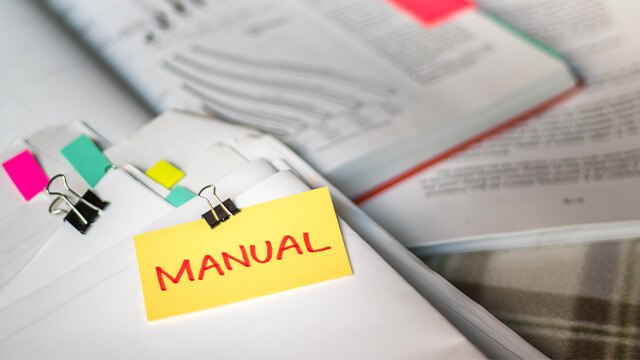
















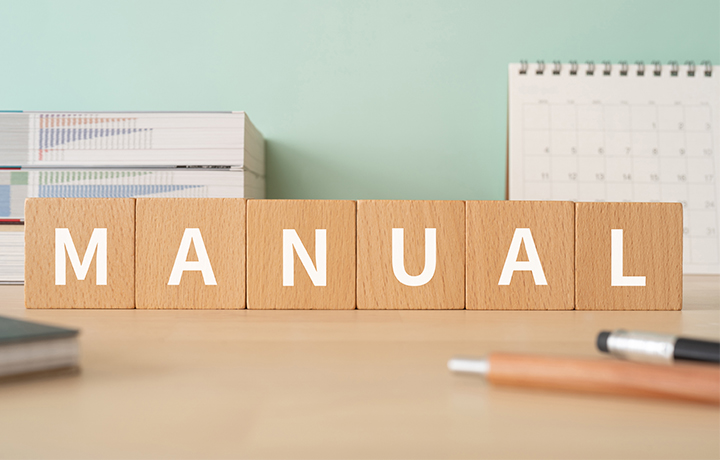









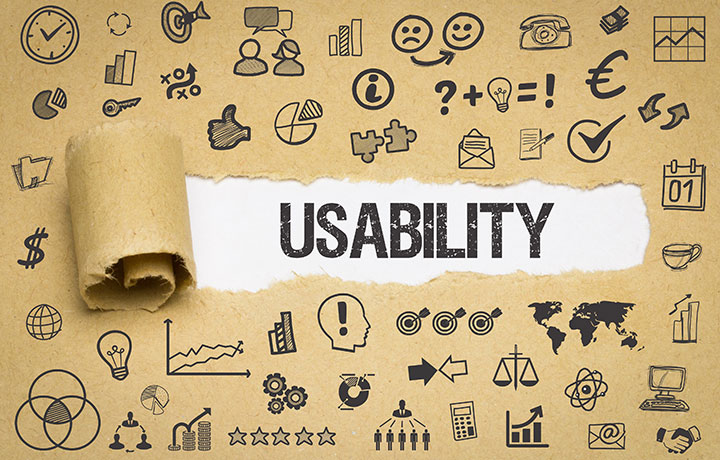



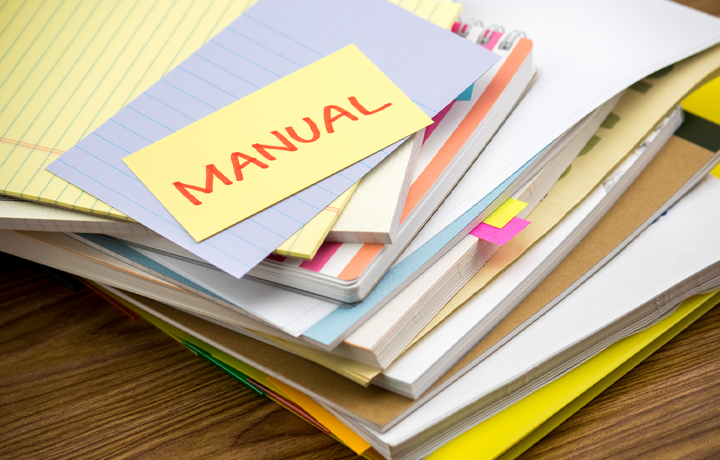

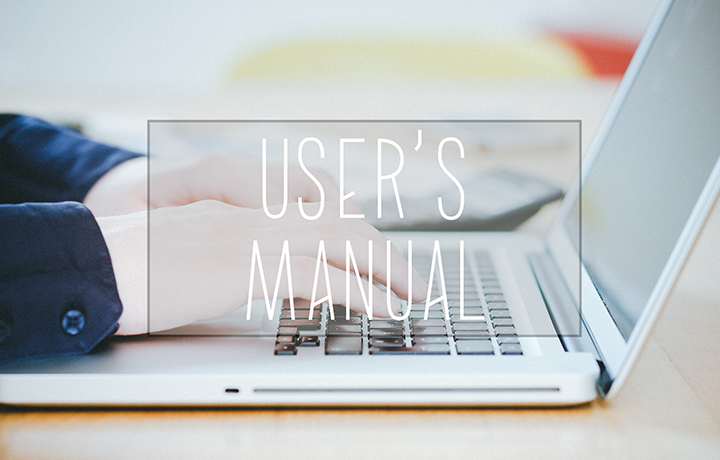











 Manual creation
Manual creation Director, Writer
Director, Writer In-house Support
In-house Support Video
Video Manual
Manual Manual Creation
Manual Creation One-Stop Service for Manual Creation
One-Stop Service for Manual Creation Manuals and Documents
Manuals and Documents